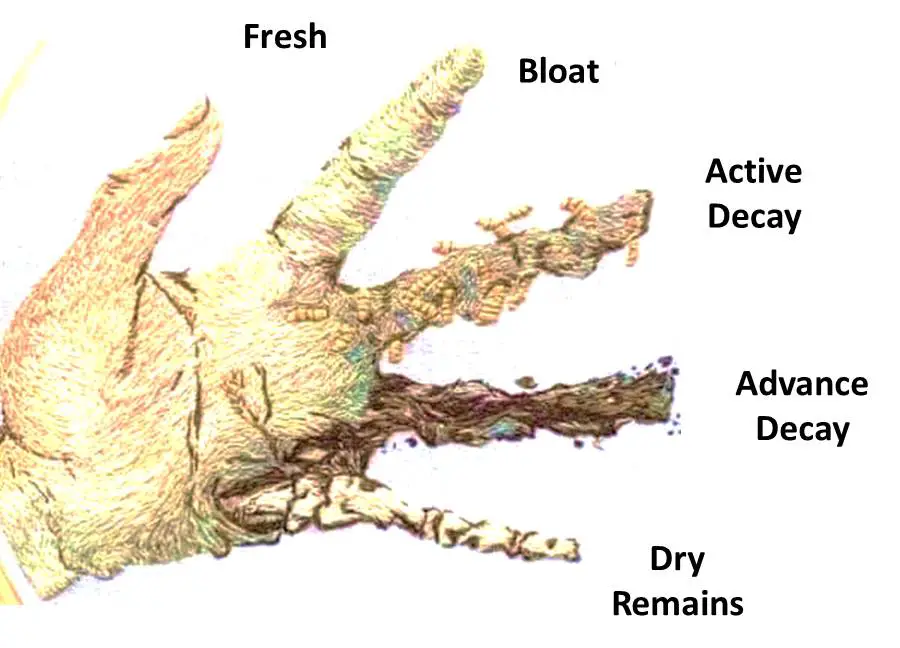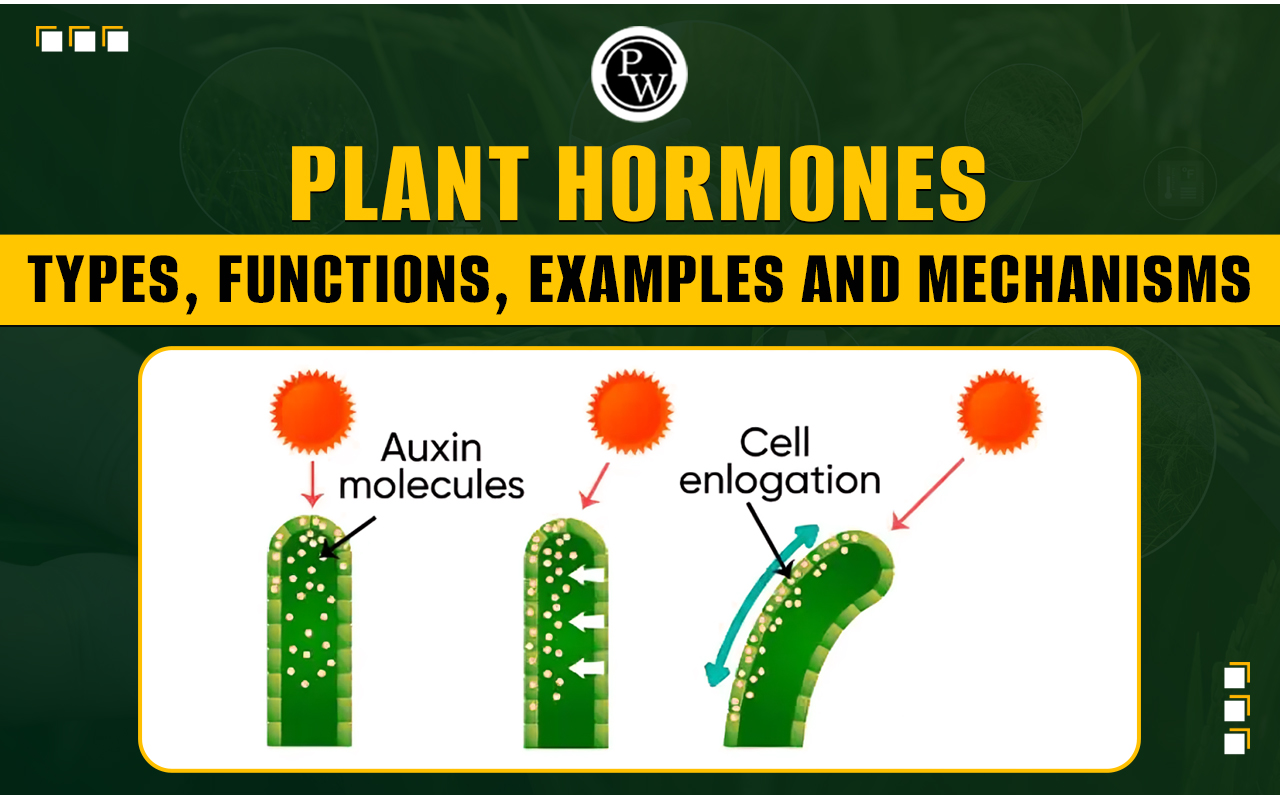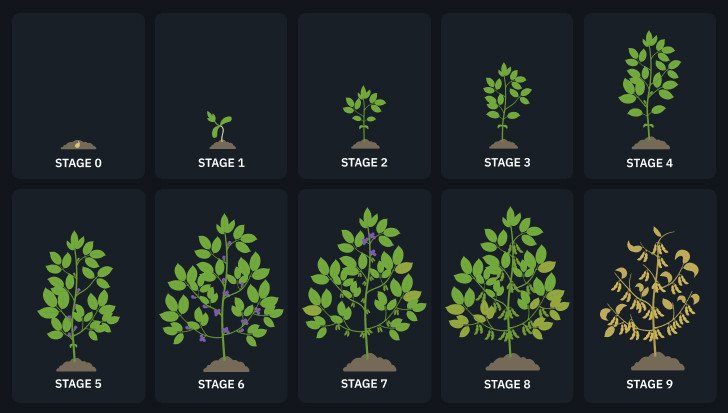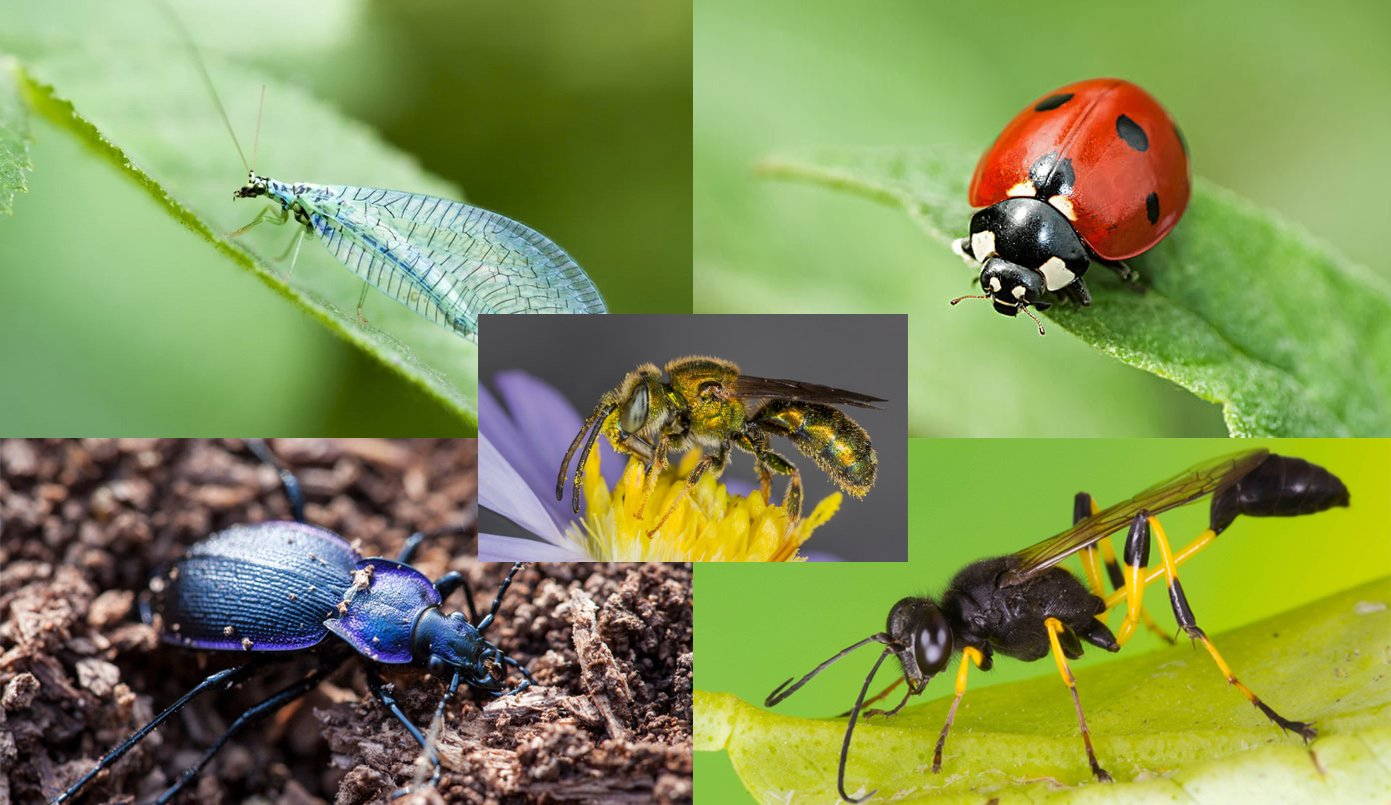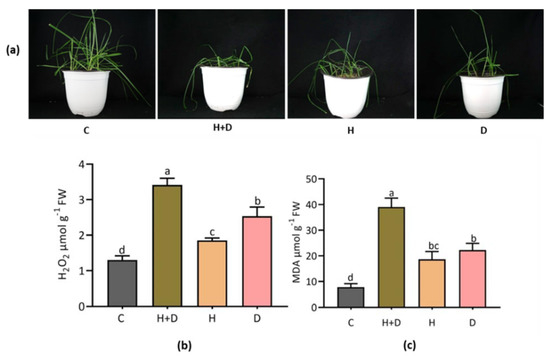
body { font-family: Arial, sans-serif; line-height: 1.6; margin: 20px; }
h2 { color: #333; border-bottom: 1px solid #eee; padding-bottom: 10px; }
h3 { color: #555; margin-top: 20px; }
p { margin-bottom: 15px; }
ul, ol { margin-bottom: 15px; padding-left: 20px; }
Unveiling the Silent Struggles: A Deep Dive into Plant Stress Physiology
Plants, unlike us, can’t simply pack their bags and move when conditions turn unfavorable. They’re rooted in place, enduring the whims of their environment. But don’t let their stillness fool you; within their leaves, stems, and roots, a complex and fascinating drama unfolds. This drama is plant stress physiology, the study of how plants respond to and cope with various environmental challenges. This field of study is critical to understanding how our crops, forests, and ecosystems will fare in a changing world, and how we can help them thrive. Let’s embark on a journey to explore this intricate world, uncovering the secrets of plant resilience and the strategies they employ to survive and flourish.
The Ubiquitous Nature of Plant Stress
Plant stress is not a rare occurrence; it’s a constant companion in a plant’s life. From the scorching heat of a summer day to the frigid bite of winter, from a lack of water to an abundance of salt in the soil, plants face a barrage of stressors. These stressors can be broadly categorized into two main types: biotic and abiotic. Understanding these categories is the first step in appreciating the complexity of plant stress physiology.
Abiotic Stress: The Environmental Battles
Abiotic stresses are non-living environmental factors that negatively impact plant growth and development. They are the silent enemies, often invisible to the naked eye, but capable of wreaking havoc on a plant’s well-being. Some of the most common abiotic stressors include:
- Water Deficit (Drought): Perhaps the most pervasive stressor, drought occurs when water availability is insufficient to meet the plant’s needs. This can lead to wilting, reduced photosynthesis, and even death.
- Temperature Extremes: Both heat and cold can be detrimental. High temperatures can denature proteins and disrupt cellular processes, while freezing temperatures can cause ice crystal formation within cells, leading to cellular damage.
- Salinity: High salt concentrations in the soil can interfere with water uptake and lead to toxicity. This is a growing problem in many agricultural regions.
- Nutrient Deficiency: Plants require a balanced supply of essential nutrients. A lack of any one of these nutrients can limit growth and make the plant more susceptible to other stresses.
- Heavy Metal Toxicity: Contamination of soil with heavy metals like lead or cadmium can disrupt cellular function and damage plant tissues.
- Light Stress: Both too much and too little light can be problematic. Excessive light can damage photosynthetic machinery, while insufficient light limits energy production.
- Flooding: Surprisingly, too much water can also be a stressor, as it deprives roots of oxygen, leading to root death and impaired nutrient uptake.
Biotic Stress: The Living Threats
Biotic stresses involve living organisms that negatively impact plant health. These are the active adversaries in the plant’s ongoing battle for survival. Common biotic stressors include:
- Pathogens: Fungi, bacteria, and viruses can invade plant tissues, causing disease and disrupting normal physiological processes.
- Herbivores: Insects, nematodes, and other animals can feed on plants, damaging tissues and reducing growth.
- Competition: Plants compete with each other for resources like light, water, and nutrients. This competition can stress plants and limit their growth.
The Plant’s Arsenal: Stress Response Mechanisms
Plants are not passive victims of stress. They have evolved a remarkable array of mechanisms to detect, respond to, and cope with environmental challenges. These responses can be broadly categorized into three phases: stress perception, signal transduction, and physiological/biochemical responses. Let’s delve into these key areas:
Stress Perception: The Early Warning System
The first step in any stress response is the plant’s ability to perceive the stress. This involves specialized receptors that detect changes in the environment. These receptors can be located on the cell surface, inside the cell, or even within the nucleus. They act as the plant’s early warning system, triggering a cascade of events that lead to a protective response.
Signal Transduction: Relay Race of Information
Once a stress is perceived, a signal transduction pathway is activated. This complex series of events involves the transmission of signals from the receptor to the nucleus, where genes are activated or deactivated. Key players in signal transduction include:
- Second Messengers: Small molecules like calcium ions (Ca2+), reactive oxygen species (ROS), and hormones that relay the stress signal within the cell.
- Protein Kinases and Phosphatases: Enzymes that add or remove phosphate groups from proteins, thereby altering their activity and regulating cellular processes.
- Transcription Factors: Proteins that bind to DNA and regulate gene expression, turning on or off genes involved in stress responses.
Physiological and Biochemical Responses: The Action Phase
The ultimate goal of stress response is to mitigate the effects of the stress and ensure survival. This involves a wide range of physiological and biochemical changes, including:
- Osmotic Adjustment: Accumulation of compatible solutes like proline and glycine betaine to maintain cell turgor and prevent water loss.
- Antioxidant Defense: Production of antioxidant enzymes like superoxide dismutase (SOD) and catalase (CAT) to scavenge harmful ROS.
- Hormonal Regulation: Production of stress hormones like abscisic acid (ABA), which regulates stomatal closure to reduce water loss, and ethylene, which can influence various stress responses.
- Gene Expression: Activation of genes involved in stress tolerance, such as those encoding heat shock proteins (HSPs) and other protective proteins.
- Morphological Adaptations: Changes in plant structure, like deeper root systems for drought tolerance or thicker leaves for cold tolerance.
Specific Stress Responses: Examples in Action
To truly appreciate the complexity of plant stress physiology, let’s examine some specific examples of how plants respond to different stressors:
Drought Stress: The Water Conservation Strategy
When faced with drought, plants employ a suite of strategies to conserve water and survive. These include:
- Stomatal Closure: ABA, produced in the roots and leaves, signals the guard cells surrounding the stomata to close, reducing water loss through transpiration.
- Root Development: Plants often develop deeper and more extensive root systems to access water deeper in the soil.
- Osmotic Adjustment: Accumulation of compatible solutes to maintain turgor pressure and prevent cell dehydration.
- Changes in Leaf Morphology: Some plants reduce leaf size or develop thicker cuticles to reduce water loss.
Heat Stress: The Protective Shield
When temperatures rise, plants activate mechanisms to protect themselves from heat damage:
- Heat Shock Proteins (HSPs): Production of HSPs, which act as molecular chaperones, helping to refold denatured proteins and protect cellular machinery.
- Antioxidant Defense: Increased production of antioxidant enzymes to scavenge ROS generated by heat stress.
- Changes in Membrane Composition: Modification of membrane lipids to maintain membrane fluidity and function.
Salinity Stress: The Salt Tolerance Strategy
Plants adapted to saline conditions have evolved strategies to cope with salt toxicity:
- Ion Exclusion: Preventing salt from entering the roots in the first place.
- Ion Compartmentalization: Transporting salt ions into vacuoles, where they are stored away from sensitive cellular components.
- Osmotic Adjustment: Accumulation of compatible solutes to maintain cell turgor.
- Production of Protective Proteins: Some plants produce proteins that protect cellular structures from salt damage.
The Future of Plant Stress Physiology: Addressing Global Challenges
Understanding plant stress physiology is more critical than ever before. As the global climate changes and as human populations continue to grow, we face increasing challenges in ensuring food security and protecting our ecosystems. Plant stress research has a crucial role to play in addressing these challenges:
- Improving Crop Productivity: By understanding how plants respond to stress, we can develop crops that are more resilient to drought, heat, salinity, and other environmental challenges. This involves breeding programs focused on identifying and incorporating stress-tolerant traits.
- Developing Sustainable Agricultural Practices: Plant stress research can inform the development of agricultural practices that minimize stress on plants, such as efficient irrigation techniques, soil management strategies, and the use of beneficial microbes.
- Protecting Ecosystems: Plant stress physiology can help us understand how ecosystems respond to environmental changes, enabling us to develop strategies to protect and restore these vital habitats. This can include developing drought-resistant tree species for reforestation efforts or understanding how plants adapt to pollution.
- Genetic Engineering and Biotechnology: Advances in genetic engineering and biotechnology provide powerful tools for enhancing plant stress tolerance. Researchers can identify and transfer genes that confer stress resistance, creating crops that can thrive in challenging environments.
Research Frontiers: Unraveling the Unknowns
Plant stress physiology is a dynamic and rapidly evolving field. Researchers are constantly pushing the boundaries of knowledge, striving to understand the intricate mechanisms that govern plant responses to stress. Some exciting areas of current research include:
- Epigenetics and Stress Memory: Investigating how stress can alter gene expression patterns in a heritable way, leading to improved stress tolerance in subsequent generations.
- Microbiome Interactions: Exploring the role of the plant microbiome (the community of microorganisms living in and on the plant) in stress tolerance.
- Systems Biology Approaches: Using computational models and large-scale data analysis to understand the complex interactions between different stress response pathways.
- Developing Novel Stress-Mitigation Strategies: Discovering and testing new ways to help plants cope with stress, such as using biostimulants, priming agents, and other innovative approaches.
Conclusion: Embracing the Resilience of Plants
Plant stress physiology is a captivating field that reveals the extraordinary resilience of plants. These organisms, rooted in place, have evolved intricate mechanisms to sense, respond to, and overcome the challenges of their environment. By studying these mechanisms, we gain a deeper appreciation for the complexity of life and the importance of protecting our planet’s precious resources. As we face a rapidly changing world, understanding plant stress physiology is essential for ensuring food security, protecting ecosystems, and building a more sustainable future. Let us continue to explore the fascinating world of plant stress, learn from their strategies, and strive to help them thrive in the face of adversity.
